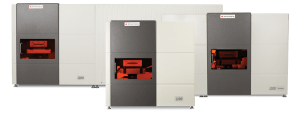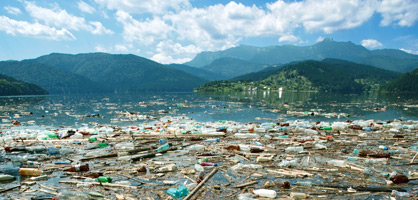Transforming the Way the World Does Chemistry
Applied Spectra, Inc. is a leading supplier of analytical instruments. We stand at the forefront of laser ablation (LA) based elemental analysis techniques, with our world-class scientific and engineering teams. We simplify the process of elemental chemical analysis, while delivering rapid, high-precision results that are environmentally friendly.
Laser sampling offers a compelling value proposition over traditional chemical analysis methods, which are slower and frequently involve destroying the sample and generating toxic chemical waste by-products.
Powerful, Customizable LIBS and LA-ICP-MS Products
Applied Spectra’s comprehensive and highly customizable product portfolio gives our customers a wide range of LA-based analytical solutions. Customers maximize their initial capital investment with respect to the required analytical performance.
Our products deliver elemental and isotopic detection capabilities from ppm down to ppb level across virtually all elements in the periodic table. The J200 Series LIBS and LA-ICP-MS platforms are designed to allow the use of different laser parameters for sample analysis, thus extending the applicability of ASI’s instruments over a wide range of sample matrices.


- Environmental analysis: detecting contaminants, hazardous substances, and studying the carbon cycle,
- Alternative energy manufacturing: solar cells, next-generation batteries, chemical analysis and metrology,

- Forensic science: substance discrimination, counterfeit analysis and nuclear material characterization,
- Analytical researchers: development of LIBS and LA-ICP-MS analytical protocols, and supporting the R&D community.
Consulting
Our scientific team delivers state-of-the-art technical consulting on laser ablation applications, including: elemental analysis, micromachining, fabrication of nano- and micrometer-sized particles with specific composition, tissue ablation, material fabrication and thin-film deposition.
